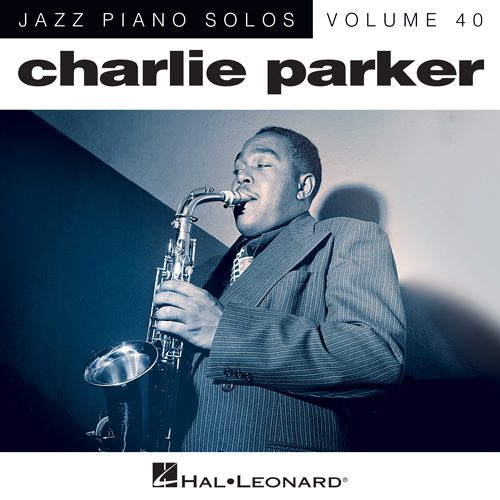Jazz’s heartbeat began in Africa. Traditional African rhythms and chants later blended with European harmonies in the Americas.
Rituals, ceremonies, and daily life all hinged on these rich rhythmic patterns and evocative chants. As the brutal transatlantic slave trade transported Africans to the Americas, they carried with them this musical essence.
In their new home, these African rhythms found themselves intertwining with European harmonies and instruments, particularly in the plantations.
The synthesis of African percussions, vocal intonations, and European brass, woodwinds, and stringed instruments created a vibrant sonic tapestry.
This intermingling set the stage for the birth of a unique, soulful, and transformative genre: jazz.
The Dawn of New Orleans Jazz
New Orleans, with its cultural medley, became the incubator for early jazz. Street parades, funeral processions, and nightclubs echoed with its evolving sound.
Cornet and trumpet players like King Oliver and Louis Armstrong led the way, establishing the genre’s foundational techniques.
The Roaring Twenties: Jazz Flourishes
The 1920s, the Jazz Age, saw the genre take urban America by storm. Speakeasies and dance halls resonated with lively beats.
James P. Johnson on piano introduced stride, while saxophonists like Coleman Hawkins began to gain prominence.
Big Bands and Swing Era
The subsequent decades celebrated big bands. Danceable, energetic tunes from bandleaders like Duke Ellington (piano) and Benny Goodman (clarinet) dominated.
Count Basie’s orchestra introduced a unique style with emphasis on rhythm sections.
Bebop: A Revolutionary Turn
As WWII waned, jazz underwent a revolution. Bebop introduced fast tempos and intricate melodies.
Trumpeter Dizzy Gillespie and saxophonists Charlie Parker, John Coltrane, and Sonny Rollins emerged as giants, pushing jazz to its technical limits.
Cool Jazz and Modal Jazz
In contrast to bebop’s frenetic energy, the 1950s welcomed cool jazz, offering subdued, melodic interpretations.
Trumpeter Miles Davis and saxophonist Stan Getz became synonymous with this relaxed style. Davis, later on, introduced modal jazz, focusing on scales over traditional chord progressions.
Jazz Fusion and Beyond
Jazz, always evolving, began integrating rock, funk, and electronic elements by the late 20th century.
Fusion bands like Weather Report (with Wayne Shorter on saxophone) and keyboardists like Herbie Hancock exemplified this blend.
Today: Jazz's Lasting Influence
Modern genres, from R&B to hip-hop, owe much to jazz. Its improvisational spirit and depth remain influential.
Artists across all genres, recognizing jazz’s impact, frequently collaborate with jazz legends, ensuring its essence lives on.
From its African origins to its modern iterations, the history of jazz is a testament to evolution, resilience, and creativity. Every era added layers, making jazz a living, breathing entity. Dive deeper, and you’ll discover not just music, but stories of societies, struggles, and triumphs.

